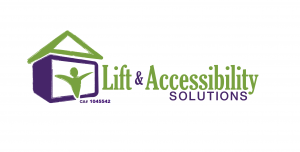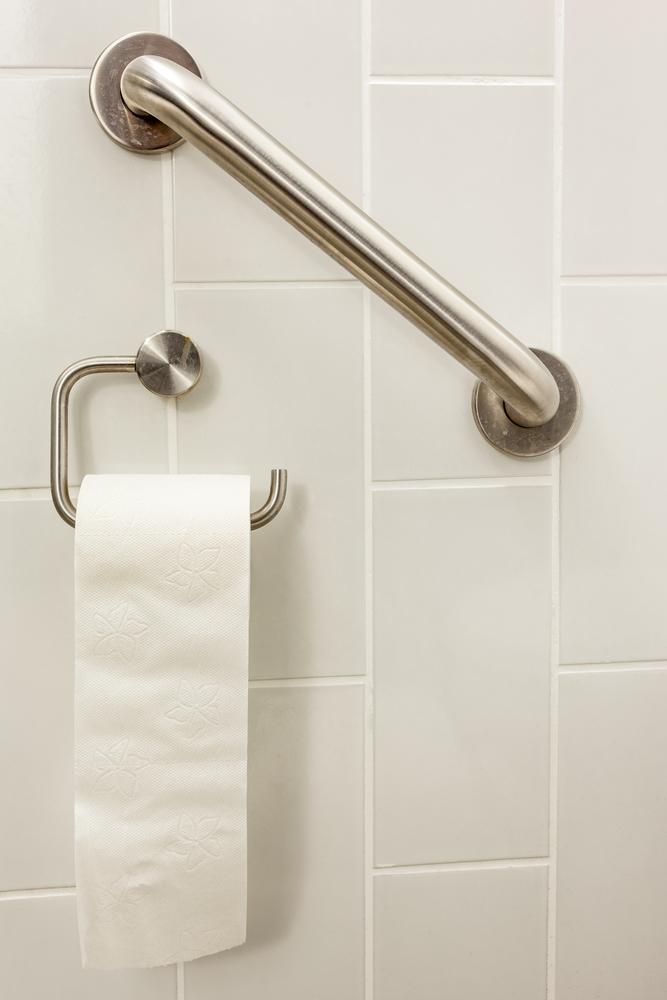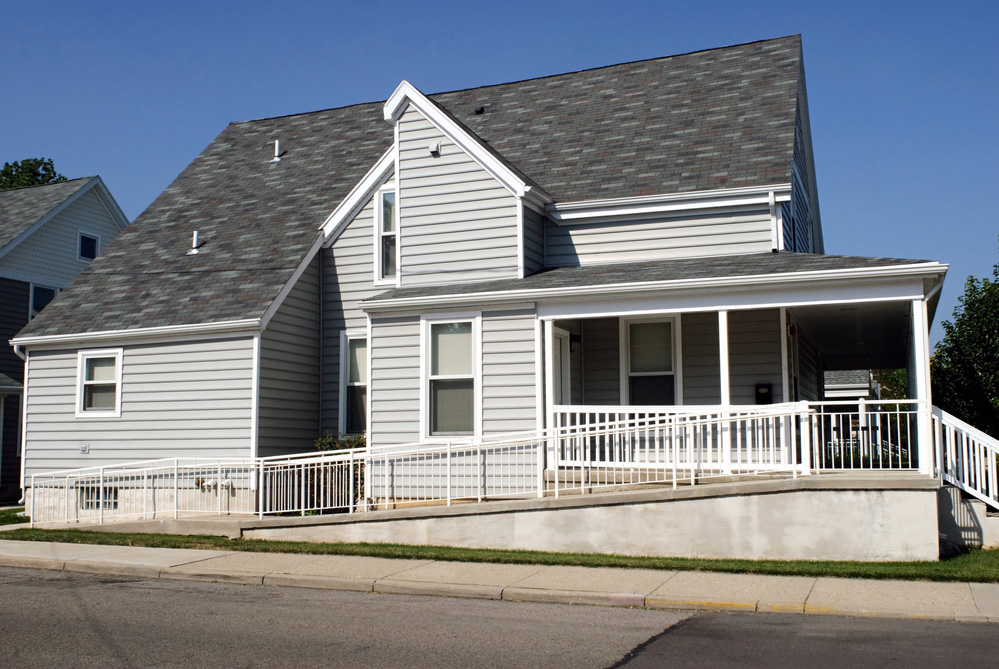10 Dec 2016
How To: Proper Grab Bar Installation
If you’re looking for a way to make your bathroom safer for yourself or a loved one, a shower grab bar may be just what you need. This bar can be affixed to your shower wall in order to prevent slips and falls, providing an extra level of security when taking that first step onto a wet surface. If you are unsure about how to properly install a grab bar, however, don’t let this hold you back – this article will describe the process and help you make sure it goes as smoothly as possible.
1. Anchor your grab bar to studs.
In order to make sure that the grab bar is correctly affixed, you’ll need to start out by looking for studs, which are vertical framing members found in typical wood-framed walls. Using a stud sensor, mark the location of each stud lightly with a pencil, then probe gently with a nail to find where the edges are and mark those as well. If you have a tile shower, you’ll need to do this above the edge of the tile. Using a level, extend these marks down to where you will be positioning the grab bar, and place masking tape along the sides to indicate this.
Hold the bar that you will be installing over the masking tape and mark the places you will be drilling holes; you’ll probably need three screw holes for each mounting flange, though only two of them will most likely fit on the stud. Then, you’re ready to drill using a ⅛ in. glass-and-tile bit, starting with the mark at the center of the stud. If your drill goes through solid wood, you’ll know you’re on the right track and can keep going.
2. Fasten the grab bar.
You are now ready to proceed with actually installing the bar! A plastic anchor can make up for the screw hole that does not fit on the stud. Then, caulk each mounting flange for extra security when drilling. Finally, firmly fasten the grab bar into the holes you drilled previously with stainless steel screws.
3. Test it out.
Before you’re ready to call it a day, make sure to pull on the grab bar and check that it is secure. Don’t hold back, as you’ll want to make sure that the bar will stay in the wall even with the strongest pressure exerted on it (for example, from someone falling). If it holds up, you can congratulate yourself on a job well done!
Your house is the place to be for family gatherings. There’s lots of space for the kids to run around, a beautiful deck for people to congregate, but some folks aren’t as young as they used to be. Even though your deck may be accessible to a majority of your guests, those steep steps may be like climbing a mountain to some of your older relatives. Without proper hand railings or assistance, these steps could cause serious falls. Since nobody is getting any younger, it is a good idea to install accessible decks and ramps at your home.
Safety First
If you have elderly members in your family, negotiating difficult pathways and hard-to-climb stairs can prove hazardous. Nobody wants to put a barbeque on hold due to a nasty spill. Therefore, creating accessible decks and landings should be installed. In order to evaluate your exact needs, you need to look at safety. How safe is your living space in its current state? What do you need to make everything safer and more accessible for the older folks in your family that may have difficulty walking, or are maybe even in a wheelchair? You should also consider developments that you may not need now, but are strong possibilities in the future. Once you have concluded everything you need to increase the safety of your home, you can begin planning your safety features.
Planning Safety Features
When designing your home, you don’t often think about what may be hazardous for those with limited mobility if it’s not something you have to deal with daily. Therefore, when you start planning new safety features for your home, consider these factors that impede those who have difficulties with movement:
Traction: Slippery or cluttered walkways, steps, and even ramps are daunting to those who already have limited mobility. Most of the time, elderly folks don’t pick their feet up when they walk, so if steps are too steep or if there is a lot of clutter in their paths, they can slip or fall. Installing non-slip treads improves traction and helps ensure proper footing. Not only that, but better traction will eliminate falls, trips, and slips.
Grip: Not having proper railings or handles can also keep aging family members from climbing stairs, even if it’s only a few steps. Installing grab bars and proper railings assist those with balance issues and limited mobility. If you can, try to install these helpful safety features on both sides in order to ensure that there will not be any falls. Since aging adults often have trouble bending their knees, having access to grab bars or proper railings increases stability and can help them climb taller stairs or even the few steps to your front door without extra assistance.
Remember these helpful tips when designing a more accessible home for your elderly friends and family members, and you won’t be sorry.






